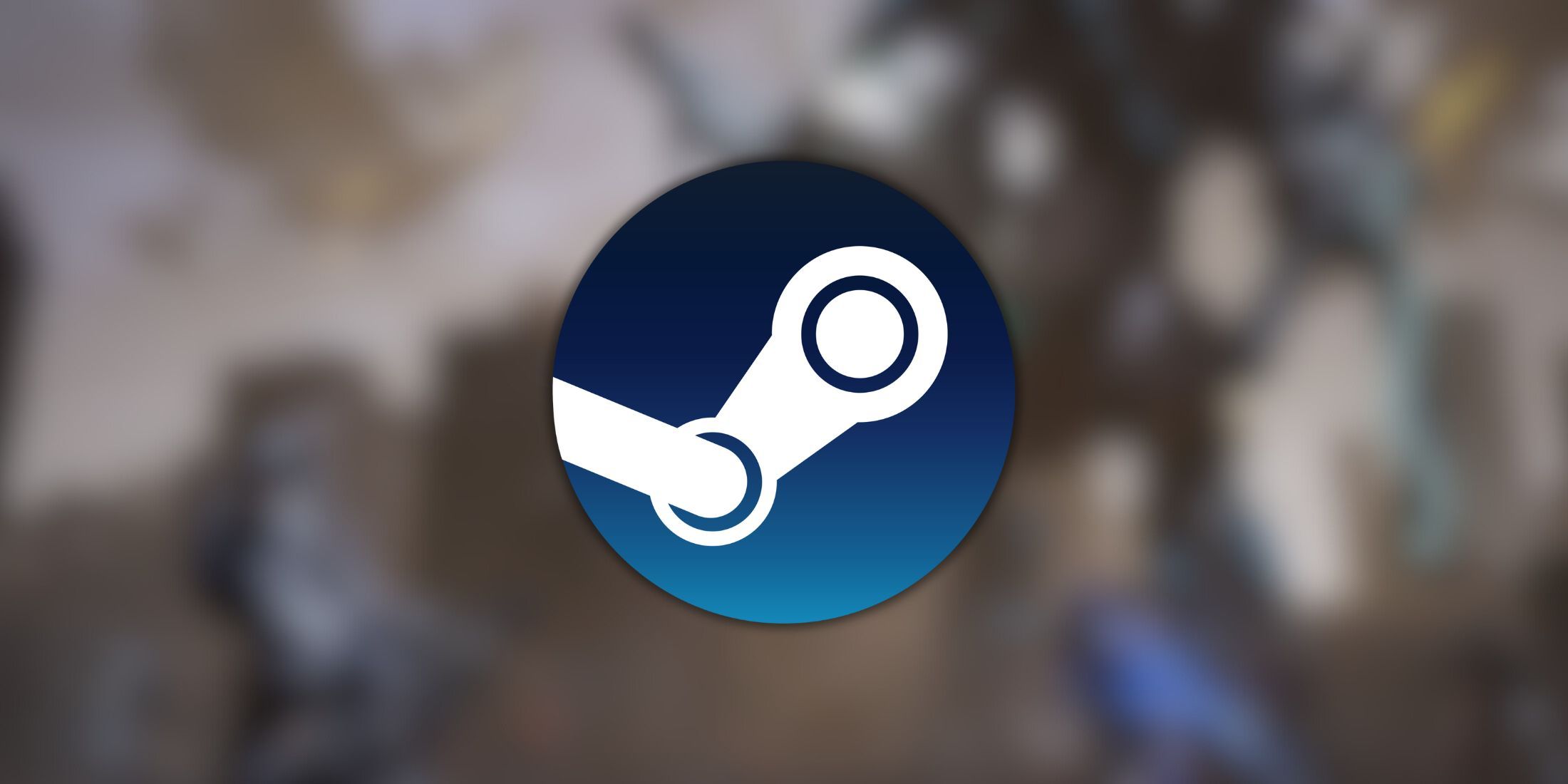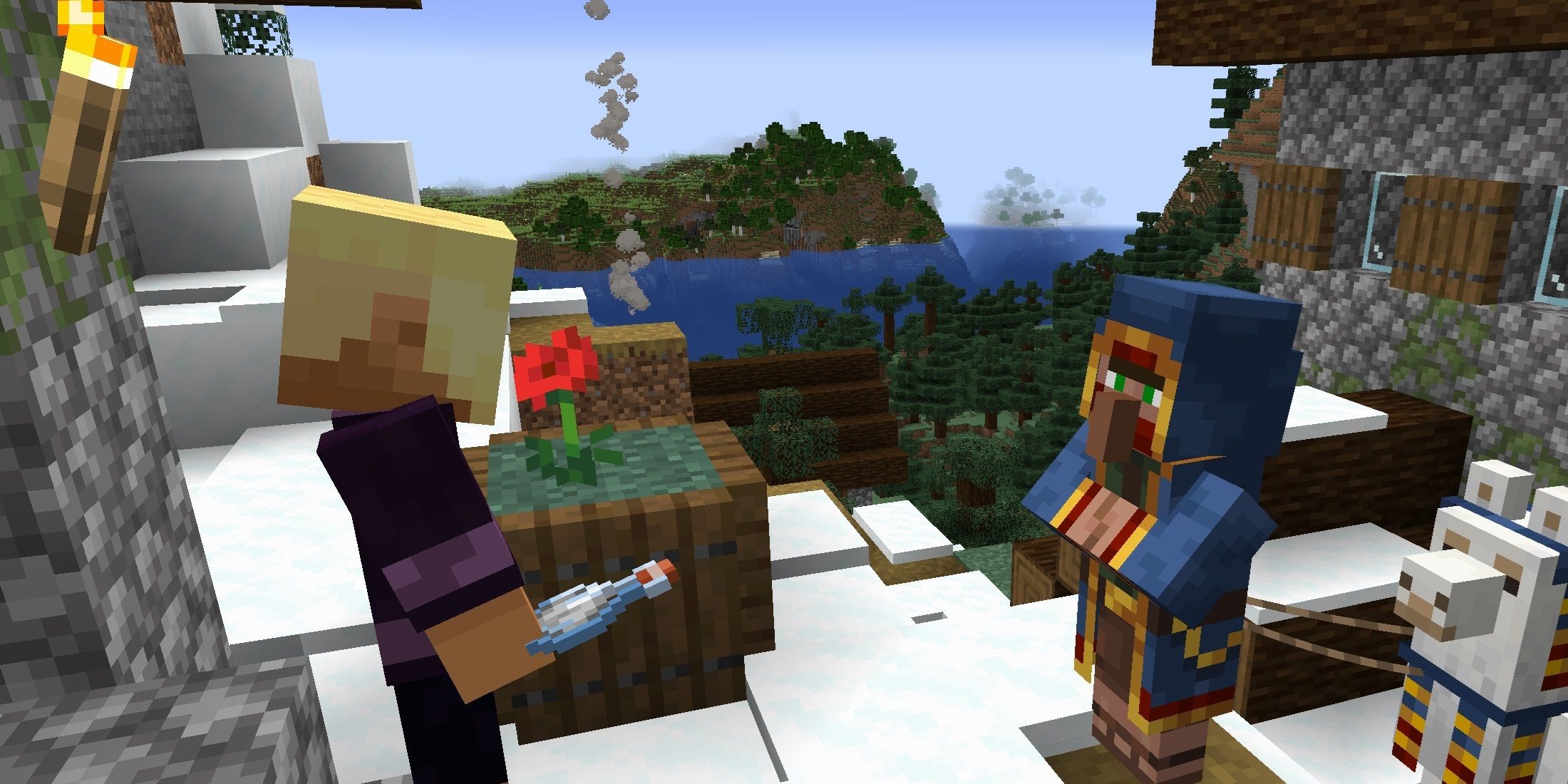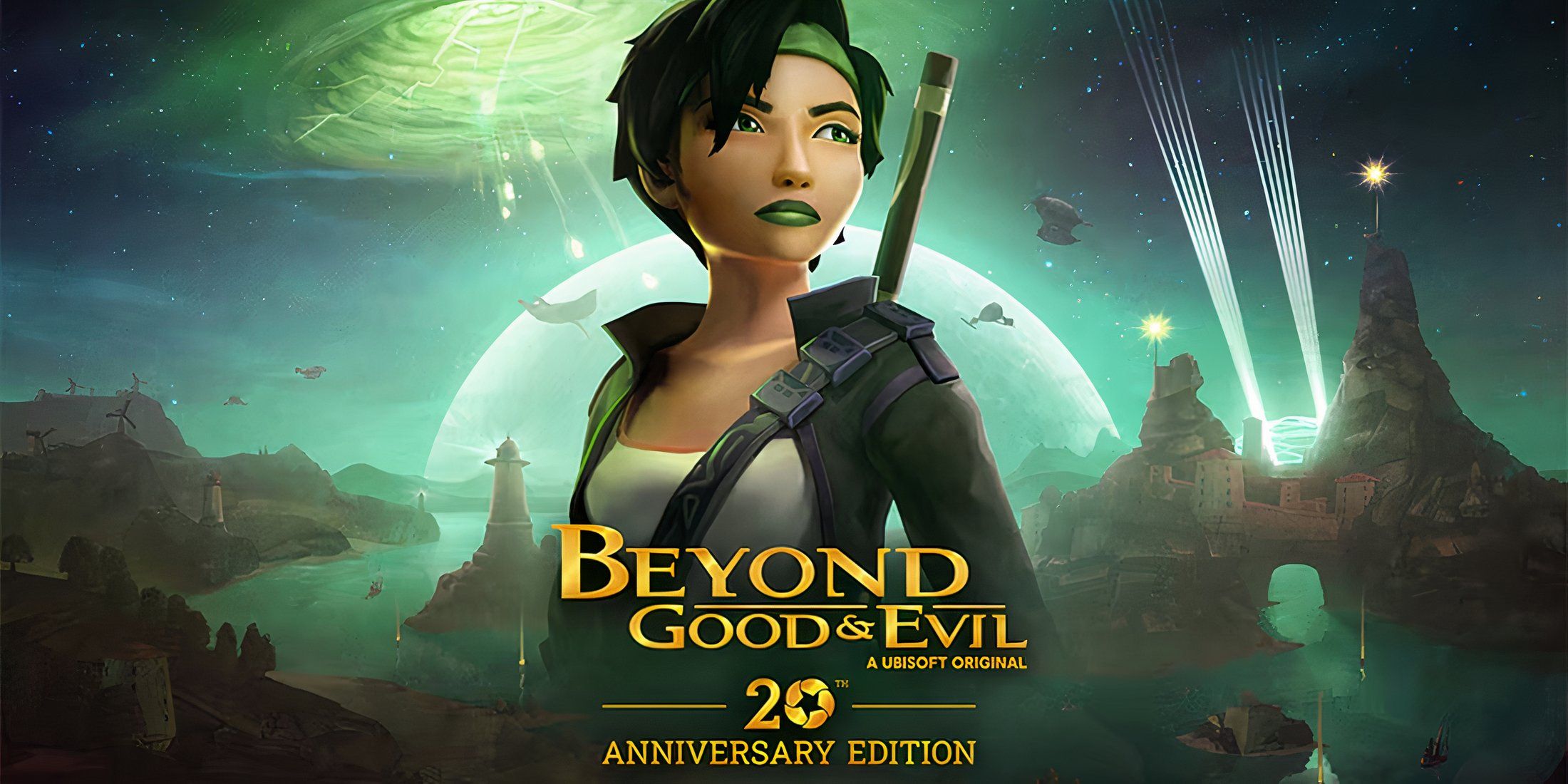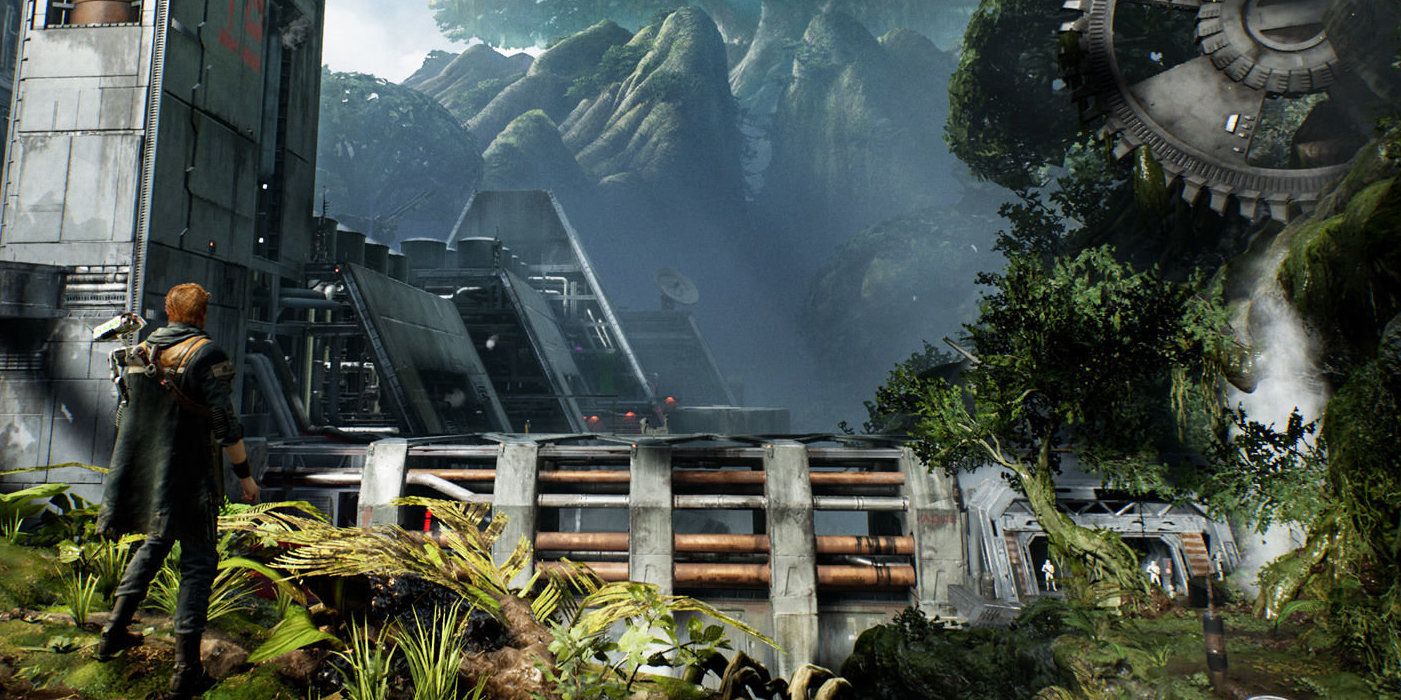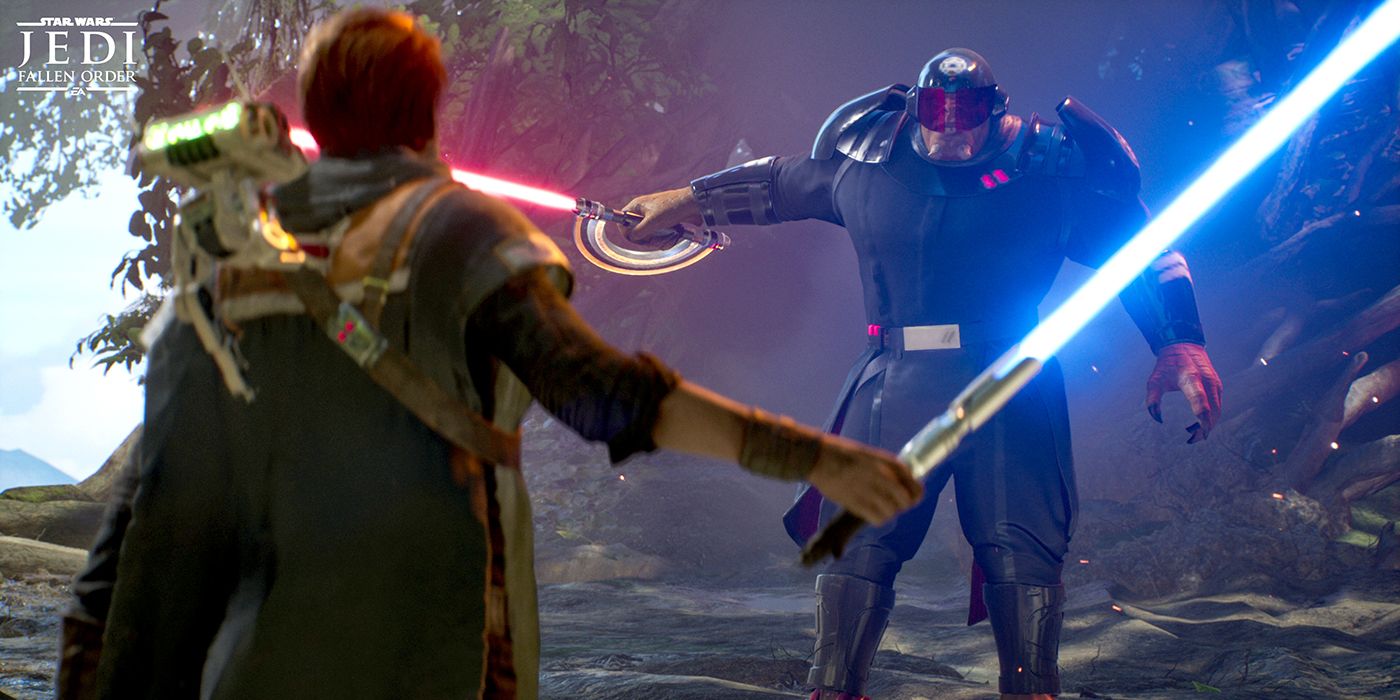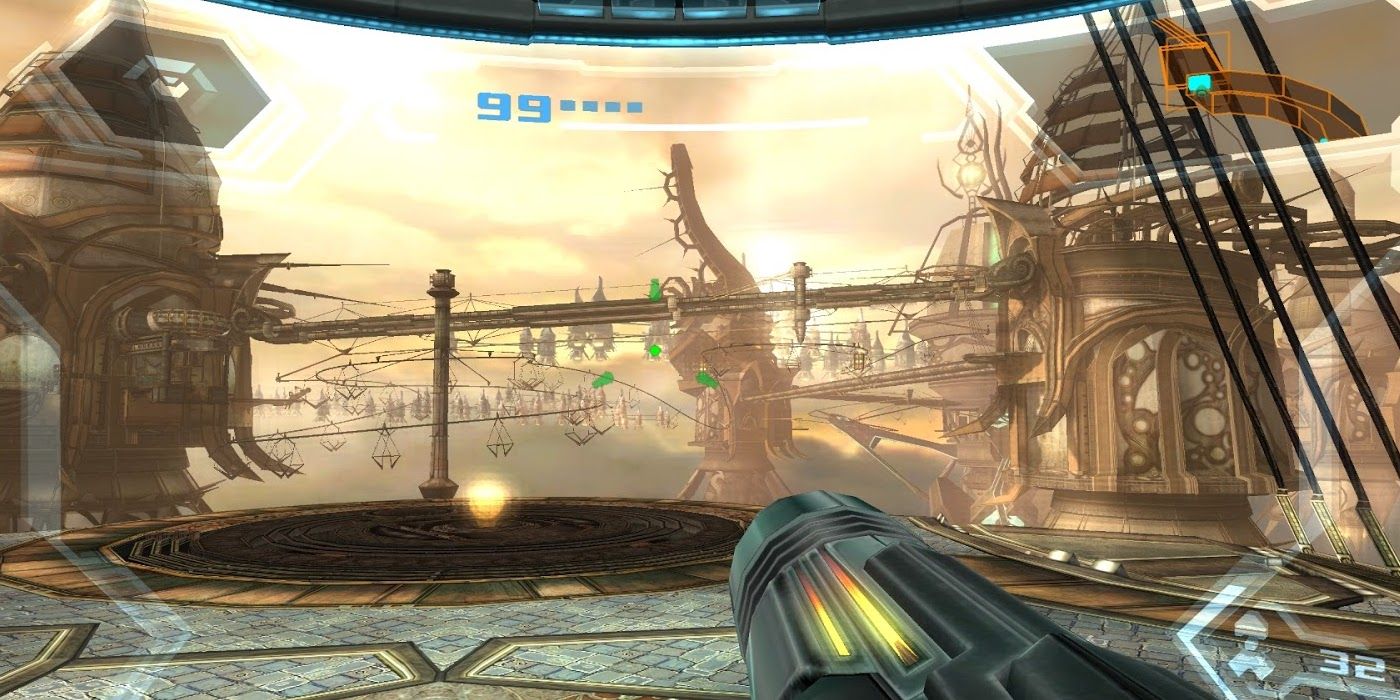In the lead up to its release, previews highlighted the Dark Souls influence on Star Wars Jedi: Fallen Order. Now that the game is out, we can finally answer the question that's on everyone's mind: is Jedi: Fallen Order a Dark Souls game?
In short, the answer is no. While Jedi: Fallen Order takes a great deal of influence from Dark Souls and Sekiro: Shadows Die Twice in its combat and death mechanics, the way players progress through the game and its planets are in line with the Metroidvania subgenre of action-adventure games. The pacing and level design of FromSofware's games are arguably a more defining aspect of those experiences, and Fallen Order doesn't share some basic design principles that Souls fans love about those games.
Where Fallen Order borrows most from the Souls games is in the moment to moment gameplay. The meditation system is essentially Dark Souls bonfires where players can rest to restore health, health stim charges, level up in a sense. Like the games it's inspired by, these also act as the game's checkpoints. Health, too, is managed in a similar way, where players only have a limited number of times they can use their healing item in between checkpoints, with upgrades to the stim capacity hidden throughout the world. However, Jedi: Fallen Order is much more forgiving in how frequently it doles out meditation spots and is generous in its shortcuts, another element it has in common with Dark Souls.
When it comes to the lightsaber combat of Star Wars Jedi: Fallen Order, the game is most reminiscent of the later FromSoftware games. It has the lock-on, dodge, and rolls Souls players have come to expect from those games, but the pace of combat is most similar to Bloodborne. Fallen Order also has mechanics that feel lifted from the most recent FromSoftware game Sekiro: Shadows Die Twice.
Like Sekiro, Fallen Order makes players rely on a parry and block system that largely works the same way in both games. Tapping the block button at the right time before an enemy attacks will block the attack and leave the opponent staggered and in a vulnerable state to take massive damage. In Fallen Order, the parry can also be used to deflect Stormtrooper's blaster shots.
Another system lifted from Sekiro is the way Fallen Order handles leveling up and skill points. The game is not an RPG like Dark Souls and Bloodborne, but more of an action game. In both games, players earn experience from kills and discovery that eventually become spendable points in a skill tree. When players die they don't lose souls or currency, they lose all their earned experience and in order to earn it back they must land a hit on the enemy that struck them down. This last part is different from FromSoftware's games, but is most similar to the system Team Cherry devised for their Metroidvania Hollow Knight.
Unlike the difficult Sekiro, Star Wars Jedi: Fallen Order gives players difficulty settings with pretty in depth descriptions. They run the gamut from Story Mode to Jedi Grand Master difficulty. When selecting these at the start the game communicates how the difficulties will be different from one another in three key ways: parry timing, enemy aggression, and incoming damage. Notably, the higher difficulties don't turn the enemies into bullet sponges, it simply requires more finesse when performing parries and makes enemies more lethal.
But difficulty is far from the only way Fallen Order diverges from the Souls games. In terms of structure and world design, the latest Star Wars game is most similar to Metroid Prime.
Metroidvania style games give players maps to explore that begin in a linear fashion with many locked doors. These games doll out new abilities and upgrades that make it easier to traverse the environment and allows access to new areas. Like other games in the genre, Jedi: Fallen Order teases locked areas early on and requires a good deal of backtracking to fully explore. There is even a map that marks where the player has explored and indicates their completion percentage for each planet.
More so than other games in the Metroid series, Fallen Order's multiple planet structure is most reminiscent of Metroid Prime 3: Corruption. Each planet is a smaller scale environment that the player will need to return back to at different points throughout the 20 hour game to complete objectives and discover secrets. And for players who like to explore, the maps are full of health and force upgrades, cosmetic items, and sometimes super rare, super cool, bonus items that would be a crime to spoil.
Unlike Souls games, and many Metroidvanias, the game is not especially concerned in challenging boss fights. There are a handful of required bosses in the game, and in keeping with the genre quite a few optional ones as well, but the areas often do not lead to a climatic battle. This being said, fans of fighting Dark Souls style monsters and the sword duels of Sekiro won't be disappointed by the variety of boss encounters in Fallen Order.
As much as it takes from any of these specific influences, Jedi: Fallen Order is by and large a cinematic action adventure worthy of the Star Wars name. It can be played in a mostly linear fashion if players so choose. Moments of combat and exploration are punctuated by epic action set pieces. Fallen Order is an action-adventure, challenging but made to be playable and exciting for any Star Wars fan who just wants to see the story of Cal Kestis and his galactic buddies play out. If the term Souls-like throws anyone off, there's no need to worry; Jedi: Fallen Order really isn't as obtuse or punishing as those notoriously difficult games.
Star Wars Jedi: Fallen Order is out now for PC, PS4, and Xbox One.

